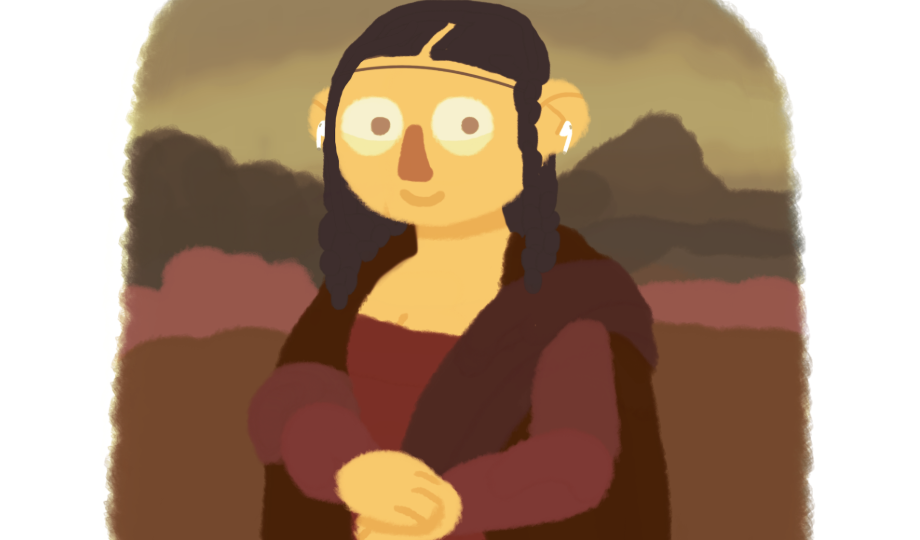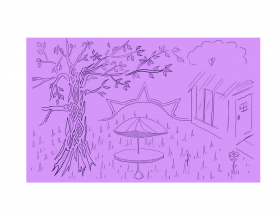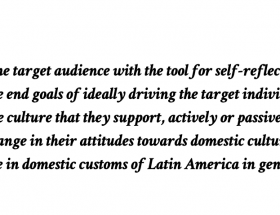To state the obvious, art is very, very old. People have been driven to create, to make marks and produce images since what feels to be the very dawn of our existence itself. Drawings in caves are a remarkable testament to this inner compulsion of human nature. People have felt the need to record and reflect through paint, and to give concepts physical form for well over a millennium. It foreshadows writing, our first recorded thoughts are purely visual.
There is something within the very technique itself with its emphasis on tactility that has a timeless appeal. For example, it is where children start with messy sprawls of chalky paint across thin paper. Triangles and wobbly circles collide in a formation of people and monsters, houses and far-away realms. The word or title of artist will always call to mind, someone standing in front of a blank canvas with brush poised and a paint-splattered palette, the sharp tang of turpentine heavy in the air. This is regardless of how the definition of artist has steadily shifted to become an increasingly ambiguous and open-ended description. Oil paint in particular is a hallowed medium. It is a painstaking process that requires patience as you build up layers and wait quite literally for weeks for the paint to dry. It can be forgiving in its fluidity, but it feels a world away from the paint of your childhood. Compared to acrylics, even which were an invention of the eighteenth century, it is paint with a history. It has been used by artists such as Rembrandt and Velazquez, Caravaggio and Vermeer. The grand catalog of art history is gleaming with varnished oil works. It was the only way to work for centuries, especially within the realms of traditional academic practice. Although the means of art production has expanded to embrace a variety of forms and practices, oil paint and drawing have not been forgotten.
Contemporary artists, such as Tracey Emin, continue to be fascinated by the medium and the process of physically putting something, whether it be paintbrush or pencil or hands, to canvas. In a recent interview on the Talk Art podcast (which I really recommend), Emin particularly emphasised the physical aspect of her work, something which was unusual in the age of neo-conceptual art where ‘Everybody was polishing Perspex in the 90s’. Emin’s work may not strike you as traditional art, but in many ways, in both medium and subject, it is. The techniques of traditional art are reborn in new movements and waves, but its beginnings are always present. Even in performance art, the central notion of embodying an experience or an idea in physical terms remains. This time, however, the human subject has often become literal. People have become the material, which opens up interesting questions regarding exploitation and perceptions of others’ bodies. It’s ephemeral nature and refusal for art to be reduced to an object, is in defiance of the commercialization of the art market.
Although the subjects of the artworks of the great masters often seem far removed from our experience of life today, people can still identify with them. This may not necessarily be in the way that the artist originally intended or at all in accordance with the artwork’s context, but this does not negate the meaning people find within them. Art is an incredibly personal thing and depends on the viewer in order to exist. Perception by others is integral to its very existence. A light example of this would be the revival of traditional art within the memes of social media, captions and speech bubbles reshaping it in accordance with the societal structures and norms of 2019. This is by no means surprising as the people in any good work of art feel incredibly real and human. They can also surprise you in how easily you could imagine them in the 21st century, sitting opposite you on the tube perhaps or in a modern office setting. The portrait of Chevalier D’Eon by Thomas Stewart, after Jean Laurent Mosnier, (1792), is particularly striking for example, in its apparent depiction of a trans-woman, something that many may not expect to find in an 18th-century oil painting.
Art can also provide solace for the difficulties of modern life. For example, in our Instagram age with the predominance on one particular category of beauty, it provides other modes and demonstrates the transience of societal standards of physical perfection. Whilst we may value thigh gaps and toned abs, art demonstrates how the definition of beauty has consistently changed over the centuries. Cranach painted women with wide hips and small pointed breasts, Durer’s figures were muscular mesomorphs, whilst Rubens and Titian delighted in rolls of flesh and dimpled cellulite. Although the element of fetishization and objectification is problematic and a reflection of a longstanding predominantly male gaze in academic art, that does not mean it is impossible to re-appropriate it and find something positive within it for ourselves.
art by: Julie Torres




